LabGuy's World: Extinct Sony Betamax
Videocassette Recorders
Directions: For a larger
view of any image, click on the small image. To return, click your browser's
back button.
Notes: Betamax had three speeds, BI, BII
and BIII. at BI, 500 feet of tape were consumed every hour. Tapes are marked
with either the "K" notation, followed with a number signifying minutes,
or the more common "L" notation which is followed by a figure representing
feet. These are all the commercial or industrial machines signified by
the "O" in the model number signifying "office".
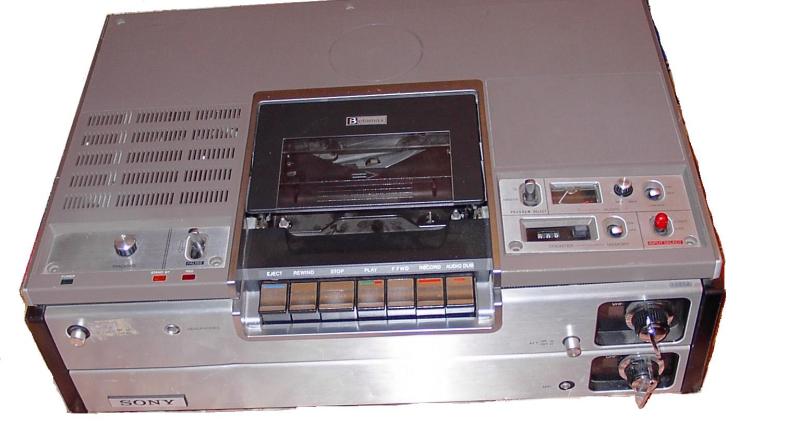 |
SLO-260 (1977): New!
03.01.31 The First Betamax Industrial. Added professional features
to the line such as audio dubbing facilities, and a level meter. Had a
"standby" lamp like a 3/4" machine. Linear tracks: one (Audio). Speed(s):
BI Photo: Sean Meskill |
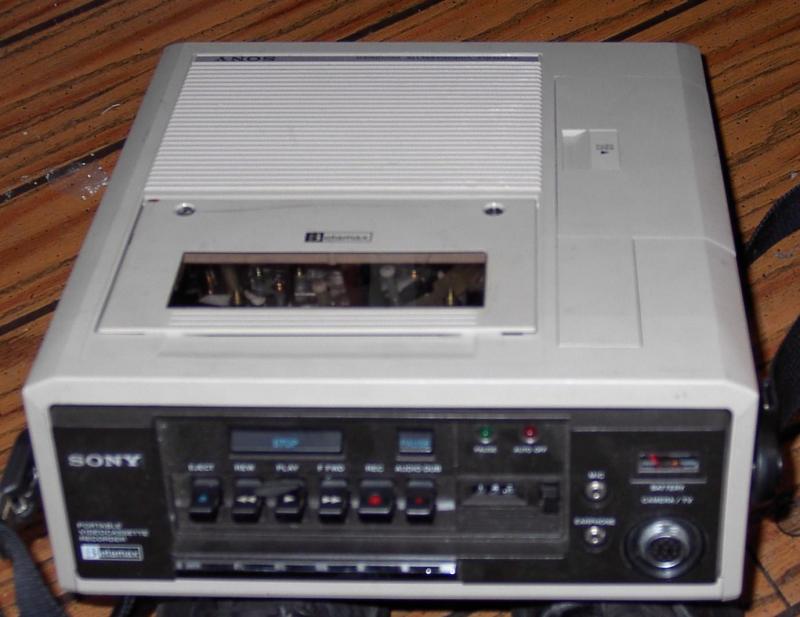 |
SLO-340 (1977): New!
03.01.31 First portable Betamax, weighing in at 20 pounds this
was truly a massive deck. However it recorded an hour of high quality color
video (later tapes could extend this up to 1.5 hours) and could also be
used with older Sony cameras like the AVC-3450. The color camera designed
for it is unknown at this time. Linear tracks: one (Audio) Speed(s): BI
Photo: Sean Meskill |
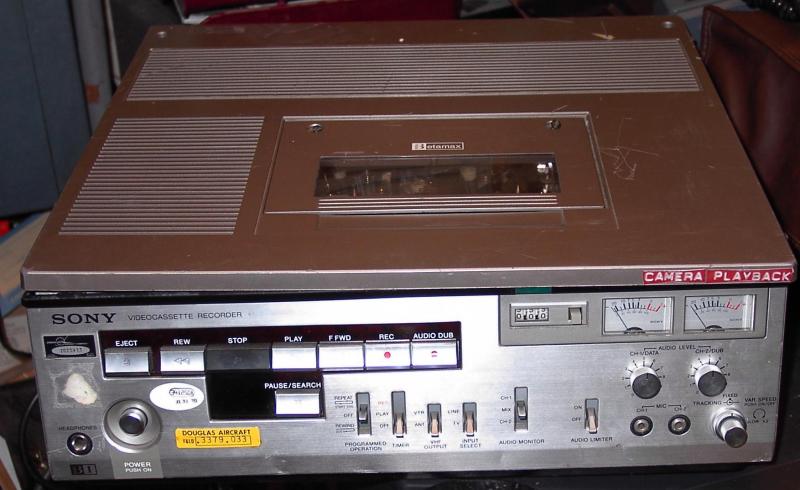 |
SLO-323 (1978): New!
03.01.31 A second generation Industrial Betamax. Introduced
Linear stereo like 3/4" decks, also featured variable speed playback, remote
capabilities, programmed operation and was actually light enough that one
could comfortably use the carrying handle it was equipped with. Had two
look alikes, the SLO-320, which has a design fault, and the SLO-325, which
can play back any Betamax tape. Linear tracks: Two (One or two audio, or
one audio and one data) Speed(s): BI Photo: Sean Meskill |
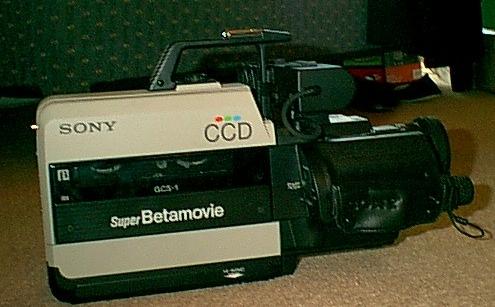 |
GCS-1 (1985): New!
03.01.31 The GCS-1 was an industrialized version of the popular
"Betamovie" design, it featured a true electronic viewfinder instead of
the Beam-splitter-prism type used on the consumer version. In place of
auto-focus, it had and a macro mode. It could recorded Betamax's Hi-band
format, SuperBeta, and, being a chip camera, had very good quality. Because
of a unique, scaled down head drum and transport, it was exceedingly light
and easy to use, although it had no playback facilities. Linear tracks:
one (Audio) Speed(s) BII (record only) (Hi-band optional) Photo: Sean Meskill |
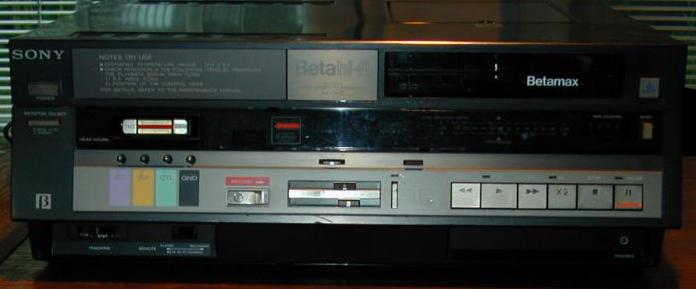 |
SLO-1400 (1983): New!
03.01.31 The SLO-1400 was often used as a duplicator and consequently
many surviving example are in poor condition. However they are worth reviving
since this is quite a good quality deck. It features Hi-Fi audio encoded
in the video tracks to allow for Stereo audio with a range on a par with
Compact Disc. Had a "power remote" switch, allowing recording to begin
upon power up, allowing it to be controlled by a timer such as the DT-30
Linear Tracks: one (audio). HiFi tracks: Two (Audio) Speeds: BI (playback
only) BII, BIII (playback only) Photo: Sean Meskill |
[HOME]......[SONY
CATALOG]......[CATALOG
INDEX]
Last updated: January 09, 2005
(This page was created for LabGuy's World
by Sean Meskill) |
